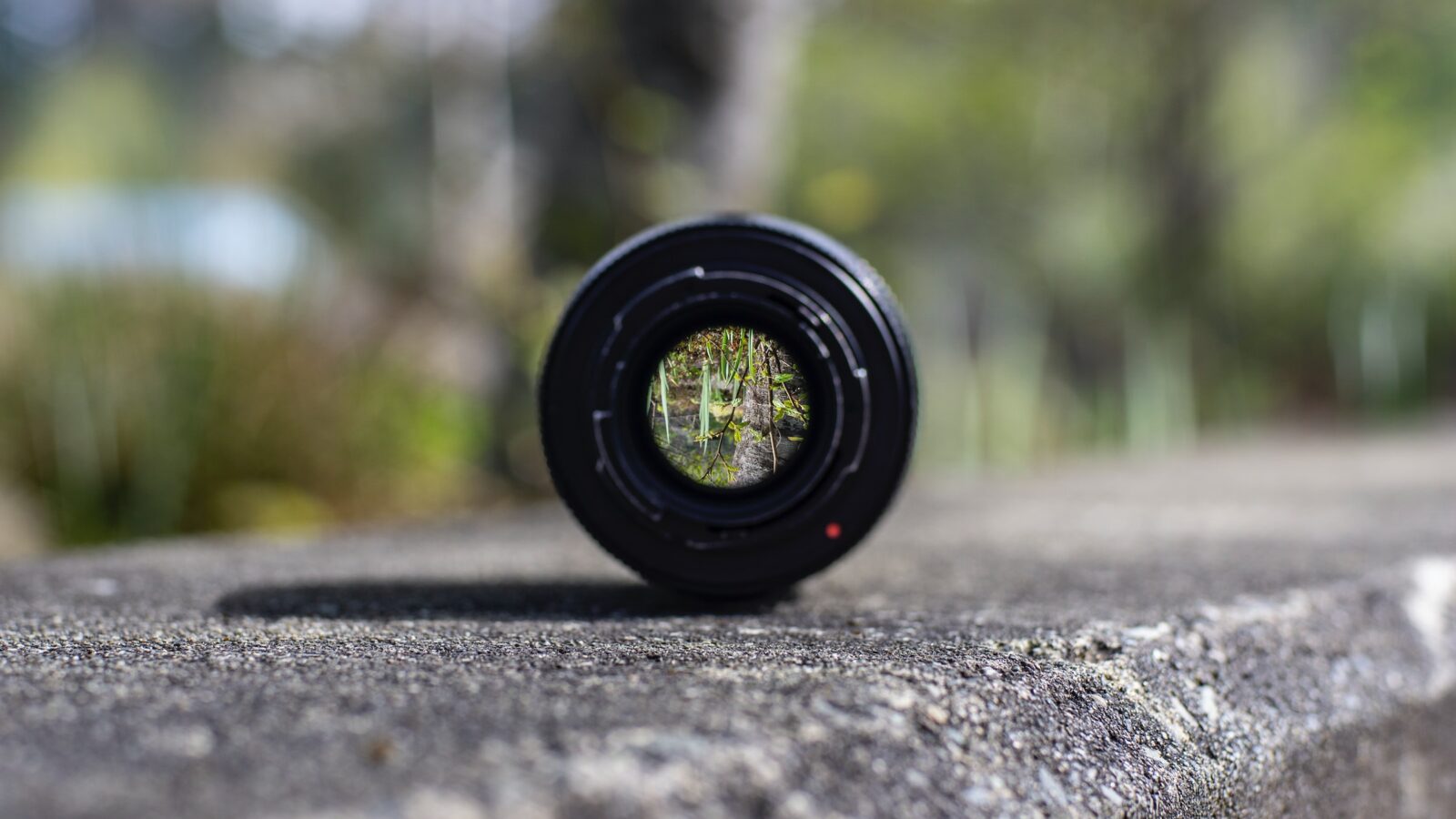As you probably guessed, I’m not going to reveal ways to magically add hours to our day. (I know, disappointing.) I will, however, share research-based strategies that can help us maximize the 24 hours we have each day, enhancing our well-being in the process!
“The real answer is not about being time rich; it is about making the time you have rich.”
Cassie Holmes, Happier Hour
As we explore the strategies and examples in this 3-part series, let’s be intentional, considering how we can craft our time to connect with others, engage in physical activity, prioritize nutritious meals, and embrace moments of stillness and presence.
Overcoming Hubris
For years, I proudly claimed “multitasker” as a badge of honor. Here and there, I heard that research proved multitasking isn’t really a thing, but, with an astounding amount of hubris, I simply decided that I was the exception. And in a culture that glorifies busyness and the ability to do it all, multitasking had become more than just a habit – it had become a defining aspect of my identity.
Then, one day, I was listening to Brené Brown’s Dare to Lead Podcast. The episode was Dr. Amishi Jha on Finding Focus and Owning Your Attention. Ironically, I was attempting to listen to her share the findings from her research while doing another complex task, giving feedback on learners’ assignments. Yikes! Fortunately, I realized that what Dr. Jha was sharing needed my full attention and I stopped “multitasking” to listen.
Here are some of the key points:
- Our attention can be like a flashlight. Where our flashlight is pointed is brighter, more detailed, and more clearly defined.
- What we think of as “multitasking” is usually task switching and it has detrimental effects on our performance, precision, and emotional well-being.
- We only have one metaphorical flashlight and it can only shine light on one thing at a time. When we engage in frequent task switching throughout the day, we become slower, more prone to errors, and emotionally exhausted.
–DR. AMISHI JHA,
Peak Mind: Find Your Focus, Own
Your Attention, Invest 12 Minutes a Day
It became crystal clear– “Multitasking” isn’t saving me time, it’s making me less efficient, less effective, and it’s actually making me more tired! No, thank you. I won’t pretend that I don’t slip into my old ways from time to time, but I’ve learned to notice how exhausting it is to be task switching and I course-correct, keeping my flashlight pointed in the right direction.
Mastering Your Flashlight – Practical Tips for Laser-Sharp Attention:
- Prioritize Tasks: Begin your day by identifying the top three tasks that require your full attention. Rank them based on importance and deadlines, focusing on completing them before moving on to other tasks.
- Time Blocking: Allocate specific time blocks for focused work on particular tasks. For example, designate a 60-minute block for writing, during which you close all distractions and solely concentrate on the task at hand.
- Minimize Distractions: Create distraction-free periods by turning off notifications, silencing your phone, and closing irrelevant browser tabs. Consider using website blockers to maintain focus.
- Single-Tasking Practice: Embrace the concept of single-tasking. Dedicate your full attention to one task at a time, shutting out other applications and commitments. This practice improves the quality and efficiency of your work.
- Use Pomodoro Technique: Break your work into focused intervals, such as 25 minutes of work followed by a 5-minute break. This technique prevents burnout, maintains high levels of attention, and boosts productivity.
- Practice Mindfulness: Incorporate mindfulness exercises into your routine. Before starting a task, take a few deep breaths to center yourself. Mindfulness helps reduce mental clutter and enhances concentration.
- Reflect and Adjust: Regularly evaluate your attention management strategies. Take time to reflect on what’s working and what needs improvement. Adjust your approach based on your observations to continually enhance your focus.
Attention management is a skill that takes time to develop. Start by incorporating one or two of these strategies into your routine and gradually build upon them. Over time, you’ll notice a difference.
Benefits of Attention Ownership:
While breaking free from distracted living isn’t easy, the rewards are definitely worth it. Here are some of the benefits when we take control of our attention:
- Enhanced productivity: Owning our attention leads to increased efficiency and better results.
- Reduced stress: Focusing on one task at a time reduces mental strain and emotional exhaustion.
- Improved well-being: Attention ownership leads to overall well-being, both at work and in personal life.
We Can Do It
Empowered with these strategies, let’s journey through the 24 hours each day brings and consider this: the quality of your moments hinges on where you direct your attention. The path to heightened productivity, reduced stress, and overall well-being lies in owning your attention. Start today by implementing just one of the strategies from above. Let’s cultivate a community of attention owners, empowering one another to illuminate our tasks with precision and clarity. Together, we embark on a purposeful, focused, and fulfilling journey.
Take the first step. Own your attention. Your future self will thank you.
Let’s illuminate the path ahead, together.
With gratitude,
Lainie
Also in this series:
Photo Credit: Jasper Garratt on Unsplash


